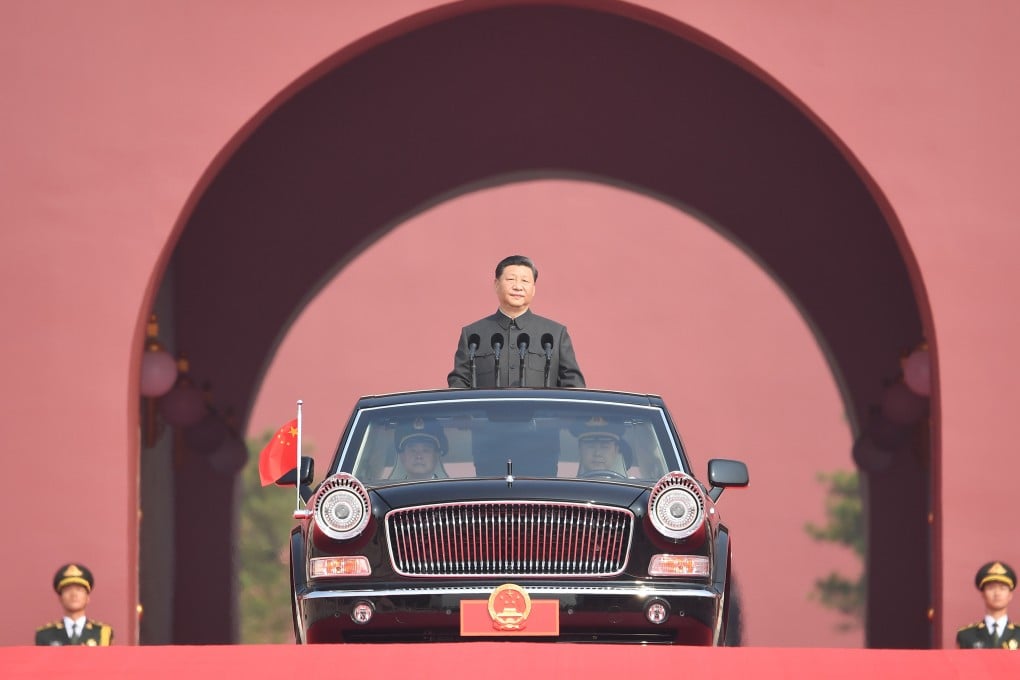The View | China’s economy after 10 years of Xi Jinping: what worked, what didn’t
- Xi’s biggest problems – economic slowdown, demographic challenges, inequality, pollution – were inherited but so were the main policy solutions
- What changed most under Xi was the mode of implementation – announcing major policies suddenly and without much apparent deliberation has been economically harmful

When Xi assumed China’s top political position in 2012, the economy was thriving but also had many serious problems. Gross domestic product had been growing at an average annual rate of 10 per cent for over a decade. But a slowdown was inevitable, and growth rates have declined almost every year since 2008.
China was also plagued by water pollution, owing to the chemical run-off from its factories, farms and mines. In rural areas, entire villages and towns sometimes had to move because their water supply had been irreparably contaminated.
These trends left the government stuck between a rock and a hard place. Though policymakers needed to keep the population from ballooning, they also needed to maintain the supply of young working people. Social discontent was rising and public perception of government corruption doubled between 1991 and 2012. Around 1,300 labour strikes were documented in 2014; by 2016, that figure had more than doubled, to 2,700.
